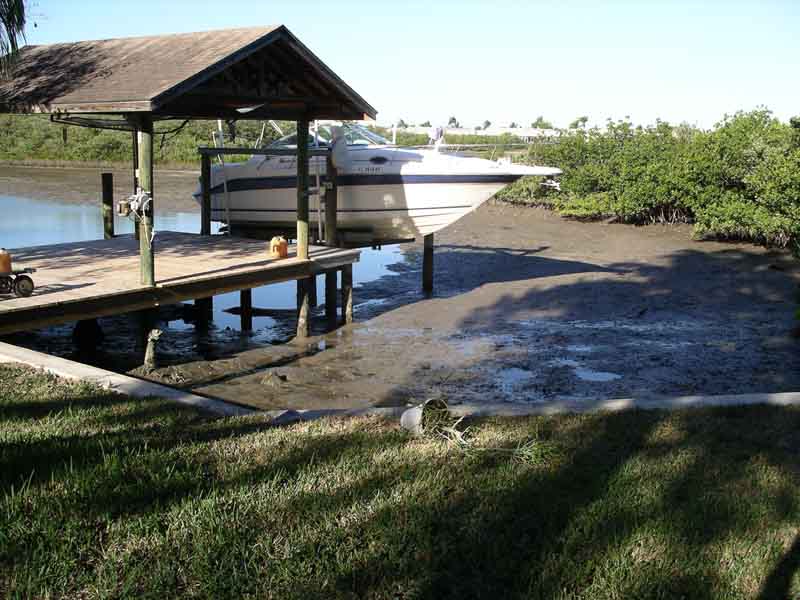Hey SeeVee,
As far as draft goes, in many places, like the PNW or perhaps Australia (I've never been there so I don't know) 5 inches or even 8 inches doesn't matter. On the gulf coast of Florida 5 inches makes a ton of difference. I wouldn't want to blow mud out of the canal everytime I left at low tide. You never know what's under that mud and I can tell you from experience bent props are pretty expensive to fix.
Here is a post I made some time ago regarding the MS400 T with Twins (my boat) vs. with a single.
I don't want to start up the too long running twins vs. single debate but I own a 2005 400T with twin Yanmar 4lha-stp 240 hp and looked long and hard at single vs twin IN THIS SPECIFIC BOAT before I made a decision. Sorry for the caps, but I want to be clear that I am speaking of the Mainship 400 and only the Mainship 400 here.
Unless fuel economy is your primary concern to the point where a very small difference will swing it for you the twin is a better boat. The single has two advantages, the aforementioned minor difference in fuel economy and a lower purchase price though this is off set by a higher resale value for the twin.
Our boat runs comfortably at 15 knots at 2800 RPM, sometimes a hair faster sometimes a little slower depending on sea state and load. I've put about 200 hours on my motors at that speed and have been tracking my fuel burn. It burns right at 13 GPH, so 1.15 MPG. At 1700 RPM I run at hull speed, right at 8 knots, again give or take according to conditions, and burn 3.75 to 4 GPH, or 2.13 MPG. Over a month long cruise, a mix of hull speed and fast cruise, I always end up burning 10 GPH including genset use.
The specs I've seen on the single have it burning pretty much the same at hull speed, but it really jumps up at higher speeds. I suspect that the boat doesn't start to flatten out unless you really push it with the single. With tabs down my boat flattens at about 13 knots.
The single just isn't made to run faster than 8 knots, which is OK I guess if that is all you ever want to do. But for me the ability to go faster when I want to is a huge advantage that far offsets the tiny difference in fuel burn.
Think of it this way: It's 110 NM from our home port in Stuart, FL across the stream to Grand Cay Bahamas where we usually clear in. If I ran it the entire way at hull speed we burn 51.6 gallons and it takes us 14 hours. If we run at fast cruise we burn 95 gallons and it takes 7.5 hours. In the single, assuming a fuel burn of 3.5 GPH, that's 48.24 gallons and 14 hours.
So if you are in a single and go slow (really your only choice) it costs you $145.
If you are in a twin and go slow it costs you $154.
In a twin and go fast $285.
The single saves you nine bucks. One and half Kalicks in the Bahamas.
Or, if you choose in the twin you can spend $150 more and get there in half the time.
If it's rough and your wife gets tired of slogging around on the banks you can bump it up, bang through the chop instead of rolling and keep her happier.
Some other advantages of the twin in the 400T: They draw less water. You have a get home motor. You don't need a thruster, which aren't free and are one more system you need to maintain. From an engine access standpoint the twin has some advantages and the single has some; pretty much a wash.
Overall, for a Mainship 400, the twin is the way to go.








